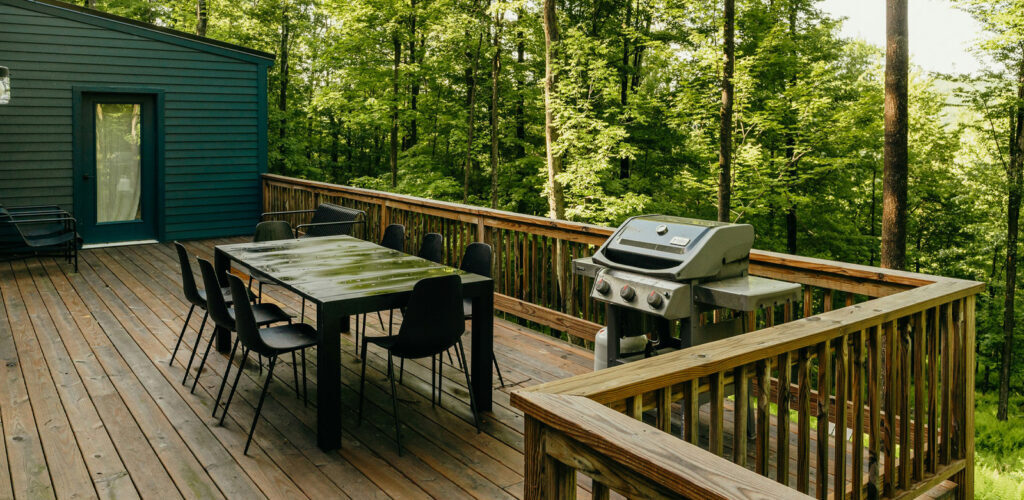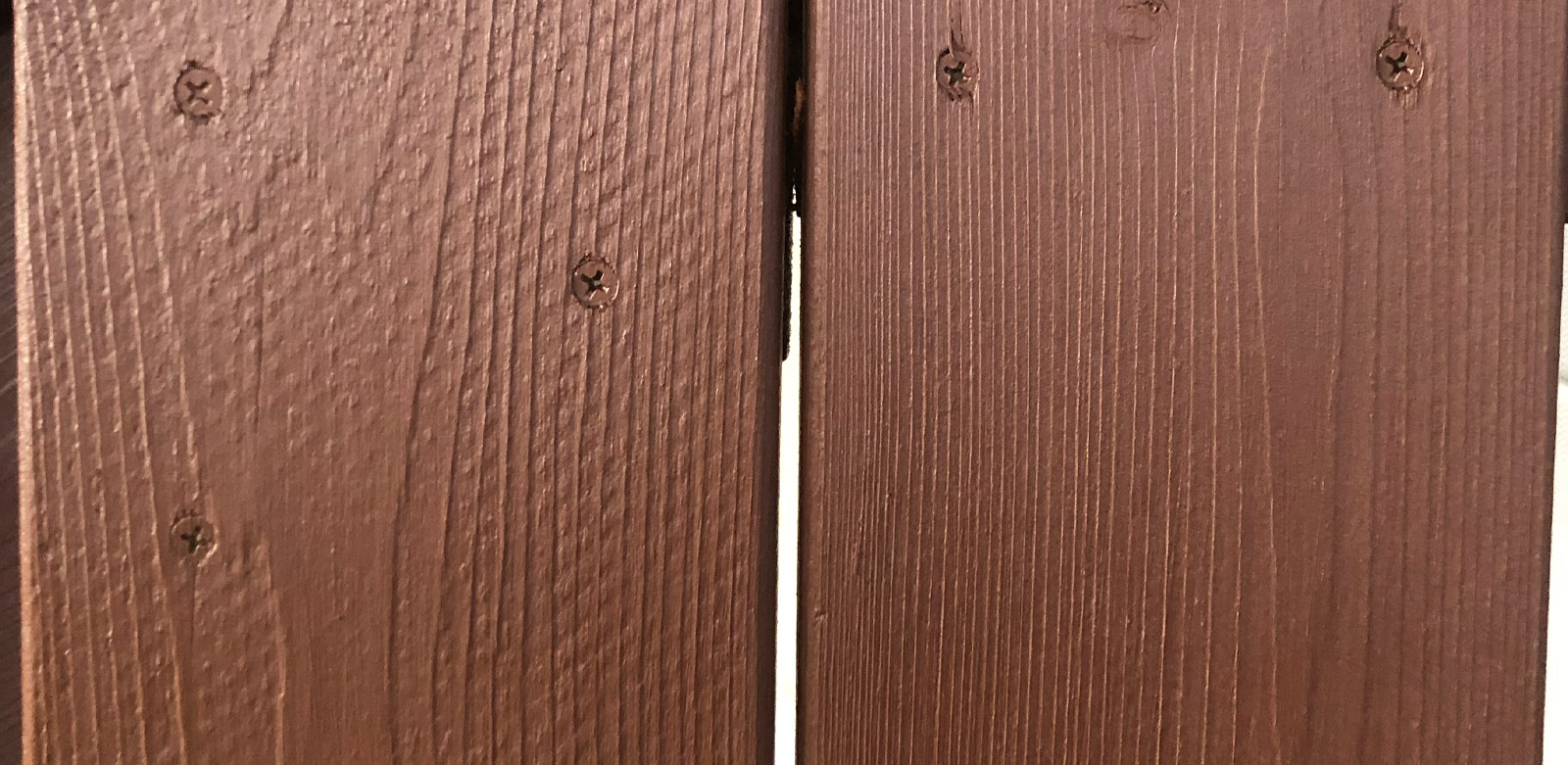How Often Should I Stain My Deck?
Key Takeaways
How long different types of deck stains typically last.
The climate and environmental factors that affect your deck’s lifespan.
Clear signs it’s time to restain.
Pro tips to help your deck stain last longer.
A freshly stained deck doesn’t just add beauty to your outdoor living space—it also protects the wood from sun, rain, and everyday wear. But many homeowners wonder: how often should I stain my deck?
The answer depends on the type of stain, the wood species, and the local climate. In Southern Oregon’s Rogue Valley, wet winters encourage moss and mildew, while hot, dry summers bring intense UV exposure. These cycles can wear down your deck faster than you might expect. Knowing when and how often to stain your deck ensures it stays safe, attractive, and protected year after year.
Typical Deck Stain Lifespans
Not all stains are created equal. Each type has its own lifespan, appearance, and level of protection.
Transparent Stains
Transparent stains highlight the natural grain of the wood, making them a favorite for newer decks. However, they offer the least UV protection. Expect them to last about 1–2 years before needing a refresh in Southern Oregon’s climate.
Semi-Transparent Stains
Semi-transparent stains, like this one from Behr, provide a balance between color and visibility of the wood grain. They’re popular for cedar and redwood because they let the natural beauty show through while adding more protection. With regular cleaning, they typically last 2–3 years.
Solid (Opaque) Stains
Solid stains provide the strongest UV protection and can hide imperfections or discoloration in older decks. They often last 3–5 years or longer, making them the most durable option. We recently refinished a small wood porch and used Proluxe Solid stain on it, and it turned out great. Here’s a close-up to see how it turned out:
Climate and Environmental Factors
The Rogue Valley’s unique weather patterns play a major role in how often you’ll need to restain.
Sun Exposure
Decks with direct sun exposure—especially on the south or west sides of a home—tend to fade faster than shaded decks.
Wet Winters
Moisture from frequent winter rain encourages moss, algae, and mildew, which can wear down stain coatings and cause slippery surfaces.
Temperature Swings
Hot summers followed by cold, damp winters cause wood to expand and contract, which stresses the finish and can lead to peeling or cracking.
Signs It’s Time to Restain
While general timelines are helpful, your deck itself gives the clearest signals. Watch for these signs:
Faded or dull color compared to protected areas.
Water no longer beads on the surface after a rainfall.
Graying or weathered wood fibers showing through.
Peeling, flaking, or cracking stain, especially in high-traffic spots.
If you see one or more of these, it’s time to schedule a new staining.
How to Make Your Stain Last Longer
A little maintenance goes a long way in extending the lifespan of your deck stain.
Annual cleaning: Rinse away dirt, pollen, and mildew each spring to prevent buildup.
Spot touch-ups: Refresh areas that see the most traffic or sun exposure.
Use quality stains: Professional-grade stains penetrate deeper and resist fading better than bargain brands.
Hire a pro: Proper prep—including pressure washing the deck, sanding, and careful application—makes the biggest difference in how long your stain holds up.
Professional vs. DIY: What’s Best?
If you’re handy, learning the how-tos is certainly possible and will most likely save you a couple of dollars on the overall cost. But many homeowners find it more effective to hire a professional team. At Pacific Home Painting, we utilize commercial-grade cleaning equipment and premium stains specifically designed to withstand Southern Oregon’s wet winters and hot summers. Our preparation ensures the stain lasts longer and your deck remains protected.
So, how often should you stain your deck? For most decks in the Rogue Valley, plan on every 2–3 years, though solid stains may last longer. Instead of relying only on the calendar, pay attention to the signs: fading, water absorption, and worn patches.
Whether you’re a DIY homeowner or prefer to leave it to the professionals, staying on top of your deck’s stain cycle will keep it beautiful, safe, and ready for years of outdoor enjoyment.
FAQs
Most decks in the Rogue Valley need staining every 2–3 years, depending on the type of stain used and the deck’s exposure to sun and rain. Solid stains may last longer, while transparent stains usually need more frequent upkeep.
Yes. Transparent stains usually last 1–2 years, semi-transparent stains 2–3 years, and solid stains 3–5 years or longer. Choosing the right type of stain for your deck and your goals makes a big difference.
Without restaining, your deck is exposed to UV rays, rain, and mildew growth, which can lead to cracking, warping, and permanent damage. Regular maintenance keeps the wood strong and prevents costly repairs.
Check for signs such as faded color, water soaking in instead of beading up, gray wood fibers, or peeling stain. These are clear indicators that it’s time to refresh the finish.

